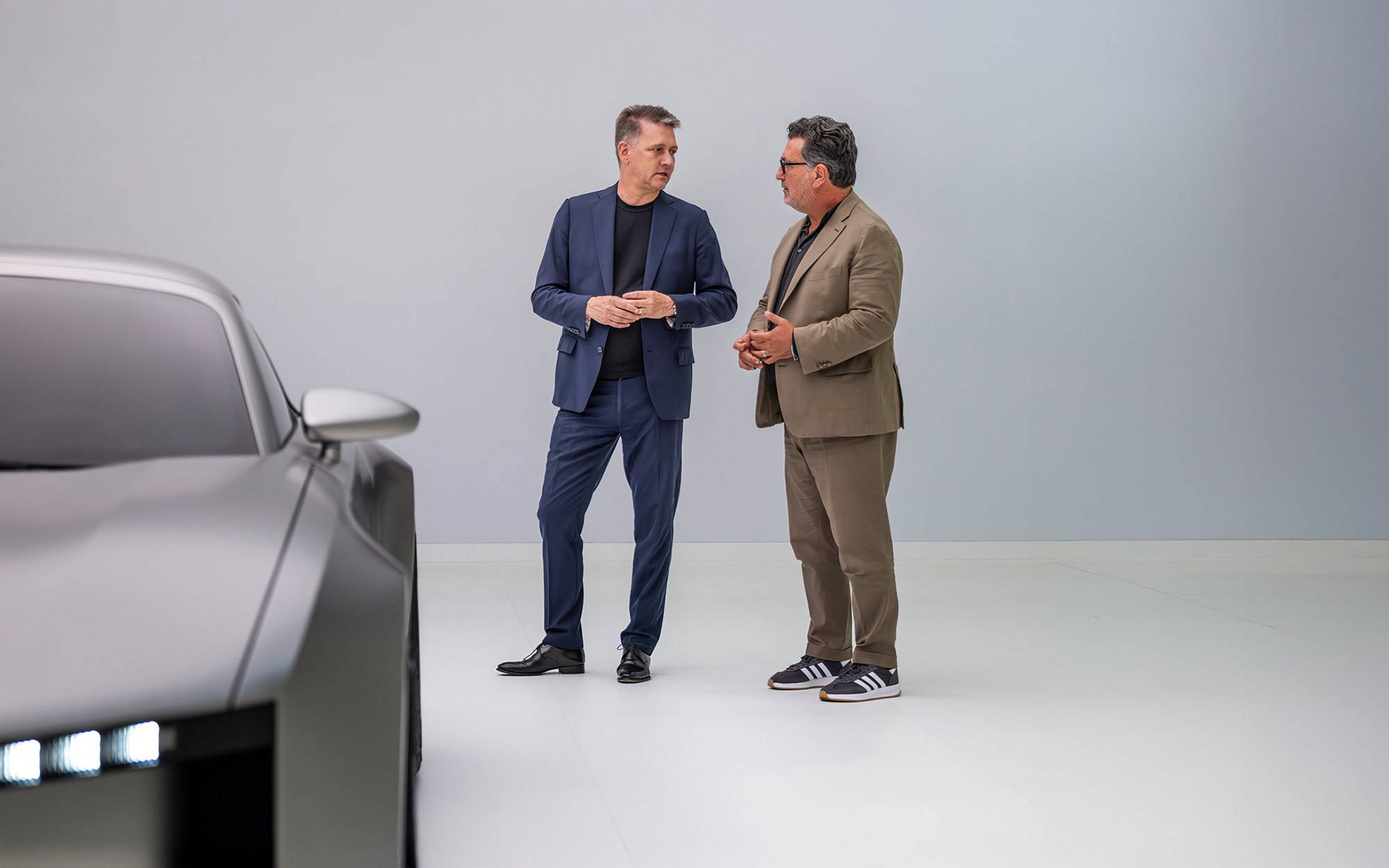At the IAA Mobility Show in Munich, Audi CEO Gernot Döllner confirmed to Autocar that two all-new models will debut in 2028 running the full software stack to come from Volkswagen Group’s joint software venture with American EV manufacturer Rivian. These cars won’t be simple facelifts—they’ll ride on Volkswagen Group’s forthcoming SSP platform and represent a digital reset for the brand.
Döllner stayed quiet on specifics, offering only that “if you take a step like that, you do it in a new platform.” That single clue tells us plenty. These won’t be niche experiments; they’ll be cornerstone models designed to showcase what Audi’s software-defined future looks like.
READING BETWEEN THE LINES
So what could they be? If you look at Audi’s product cadence, two candidates stand out. While it’s not known for sure, the timing and expected SSP basis place these cars in the crosshairs.
First is the A8 replacement. The current D5-generation flagship is overdue, and rivals like the Mercedes EQS and BMW i7 already define the electric luxury space. A new electric A8 would be the natural launchpad for the Rivian co-developed software, serving as a halo model packed with advanced features, driver assistance, and that tactile “Audi click” Döllner insists will survive the shift to digital.
On the other end of the spectrum sits the A3 successor. As Audi’s gateway model, it’s a volume seller with global reach—and it is also known to be going fully electric just as its Volkswagen Group stablemate the Golf that has also been said to be launching on SSP by 2028. Introducing the Rivian software stack here signals scalability, underpinning the point that it’s not just for six-figure sedans.

WHY THESE TWO MATTER
Pairing a new A8 with a new A3 makes strategic sense. One showcases technology and luxury at the very top. The other makes it accessible at the entry point. Together, they bookend the lineup and demonstrate that the new software stack isn’t tied to one niche but is flexible enough to support the entire range moving forward.
It also sends a message. Audi isn’t simply chasing EV trends—it’s positioning itself to rewrite its identity for the software-defined era. Starting with the A8 and A3, the brand can push a consistent digital experience across its lineup, ensuring customers encounter the same DNA whether they buy the flagship sedan or the entry-level compact.
WILL THESE CARS FEATURE AUDI’S NEW DESIGN LANGUAGE
This question is harder to answer. You’ll note the rendering above shows something more consistent with the current and outgoing Lichte-era design language. Based on timing, it’s likely any A3, like the car above, will not come forth with the new “Clarity” themed language devised by Massimo Frascella and showcased on the Concept C that’s on display this week at the IAA Mobility in Münich where Döllner made his comments.
Could the A8 wear the new design language? This one’s more of a head-scratcher. Audi already signaled the direction of its next A8 with the grandsphere concept of 2021. That car is also more of a Lichte-era design, but it was radically different than the current A8 or any other D-segment offering out there an integrated an interesting coupe/Avant form that was both elegant and seemed to pull from designs ranging from Audi’s popular Avant models to a triangular C-pillar like the original “ur quattro”.
These are all good things, and the car clearly showed it. Audi design team members at the time of the car’s reveal were proudest of that roof line, while its horizontal lighting at front and rear not that far off of what we see now on the Concept C makes one wonder how readily a derivative of the grandsphere as the next A8 is expected to be could be shifted to reflect the Frascella era look.
Given the A8 is the brand’s flagship, the likelihood of an 11th hour updating to a car so far along seems much more likely than it would on the A3. And while Audi’s done 11th hour changes in volume eras to reflect new design (looking at you B7 A4), today’s Audi probably doesn’t have the budget to drive it all home so rapidly as they did when Ferdinand Piëch was cutting the checks and Walter de Silva was running the studio.

THE BIGGER PICTURE
The Rivian partnership, backed by Volkswagen Group’s $5 billion investment, is more than a tech collaboration. It’s Audi signaling a reset by being the first brand in the Volkswagen Group to bring the full Rivian joint-venture stack to production, Döllner is setting a tone. “Audi has the highest requirements when it comes to functionality”, he commented to Autocar.
By launching its software revolution with two strategically critical models, the brand is preparing for a future where cars are more and more defined by the code running within.
For now, Döllner is keeping the exact names under wraps. But if the stars align, 2028 could mark the moment Audi’s flagship and its entry model both step into a new electric, software-driven era.


